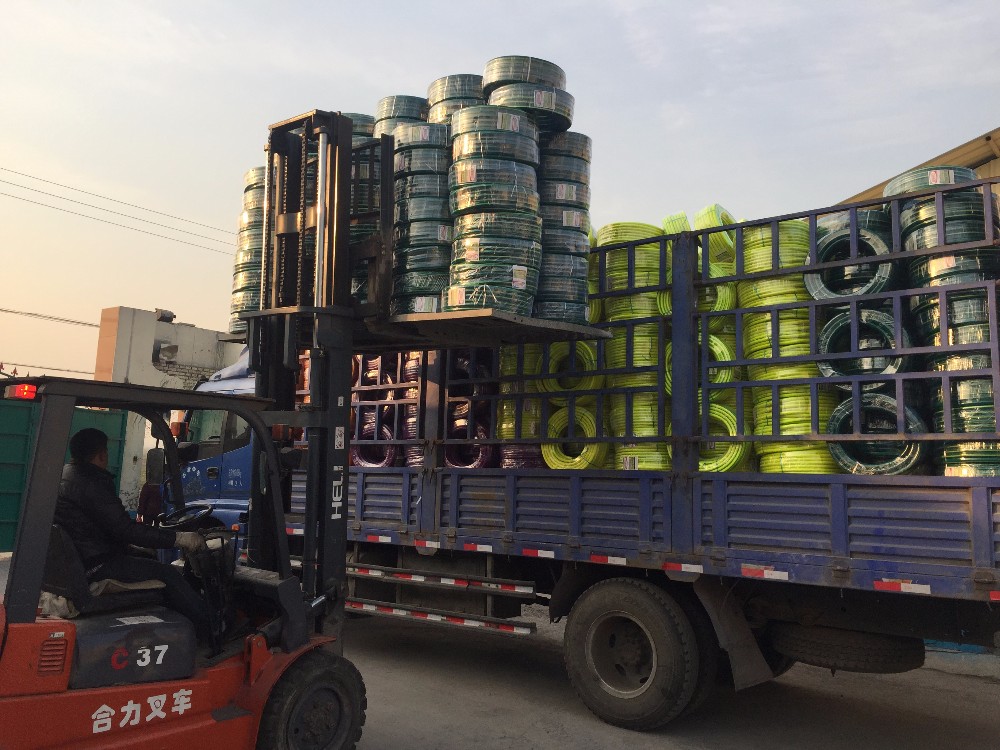فېۋرال . 17, 2025 15:16
Back to list
Rubber Layflat Fire Hose
In the realm of firefighting, the hose is an indispensable tool that plays a critical role in combating fires, rescuing individuals, and preserving property. Understanding the different types of hoses used in fire service not only underscores the technical expertise required in firefighting but also highlights the significance of choosing the right equipment for specific scenarios. Below is an exploration of various firefighting hoses, drawing from industry standards to offer insights rooted in experience and professional know-how.
High-rise packs, or high-rise hose kits, are tailored for urban environments where firefighters must contend with multi-story buildings. These kits often include lightweight, collapsible hoses ideal for transporting through stairwells and hallways, where flexibility and reduced weight are crucial. A typical high-rise hose pack might include lengths of 1.75-inch hose with necessary fittings and a nozzle designed for high-pressure output and precision in confined spaces. Lastly, suction hoses are indispensable in scenarios where natural water sources, such as lakes or rivers, must be leveraged. These hardy hoses are meant to draw water into a pump, crafted from reinforced materials to maintain structure under vacuum pressure. They vary in length but generally maintain a wider diameter to optimize water intake, which is critical for maintaining a sufficient supply during firefighting operations. Choosing the appropriate hose for a given scenario involves a blend of technical knowledge, understanding of environmental conditions, and tactical considerations. The advances in hose technology reflect ongoing innovation driven by the need for efficiency and safety in firefighting. Each type of hose addresses specific challenges, underscoring the expertise of those who manage fire services and their capacity to tailor solutions to the myriad conditions they face. In conclusion, the diversity in firefighting hoses illustrates the complexity of modern fire service operations. Individuals tasked with managing these essential tools must possess extensive training and a clear understanding of each hose type's capabilities and limitations. As fire threats evolve with urban expansion and environmental change, so will the technology and strategies fire professionals employ, ensuring that communities are protected with the utmost efficacy and reliability.


High-rise packs, or high-rise hose kits, are tailored for urban environments where firefighters must contend with multi-story buildings. These kits often include lightweight, collapsible hoses ideal for transporting through stairwells and hallways, where flexibility and reduced weight are crucial. A typical high-rise hose pack might include lengths of 1.75-inch hose with necessary fittings and a nozzle designed for high-pressure output and precision in confined spaces. Lastly, suction hoses are indispensable in scenarios where natural water sources, such as lakes or rivers, must be leveraged. These hardy hoses are meant to draw water into a pump, crafted from reinforced materials to maintain structure under vacuum pressure. They vary in length but generally maintain a wider diameter to optimize water intake, which is critical for maintaining a sufficient supply during firefighting operations. Choosing the appropriate hose for a given scenario involves a blend of technical knowledge, understanding of environmental conditions, and tactical considerations. The advances in hose technology reflect ongoing innovation driven by the need for efficiency and safety in firefighting. Each type of hose addresses specific challenges, underscoring the expertise of those who manage fire services and their capacity to tailor solutions to the myriad conditions they face. In conclusion, the diversity in firefighting hoses illustrates the complexity of modern fire service operations. Individuals tasked with managing these essential tools must possess extensive training and a clear understanding of each hose type's capabilities and limitations. As fire threats evolve with urban expansion and environmental change, so will the technology and strategies fire professionals employ, ensuring that communities are protected with the utmost efficacy and reliability.
Latest news
-
Top Quality Oxy Acetylene Hoses for Sale Fit for Welding DemandsNewsJul.28,2025
-
The Future of Pneumatic Air Tubes in IndustryNewsJul.28,2025
-
Superior and Reliable LPG Hose Pipe Solutions for Every NeedNewsJul.28,2025
-
Exceptionally Durable and Versatile Premium Braided PVC TubingNewsJul.28,2025
-
Best Adapters for Connecting Garden Hose to PVC Pipe ConnectionsNewsJul.28,2025
-
The Essential Role of LPG Hoses in Safe and Efficient Gas DistributionNewsJul.16,2025
HOT PRODUCT
Provide You The Highest Quality Work
INQUIRE














